A Changing Climate: Challenges & Examples
The climate crisis is changing the world. Warming waters, sea level rise, and the reduction of carbon emissions are important to communities of all sizes. From modifying waterfront infrastructure to investing in renewable energy, communities are already working at a local scale to tackle a global challenge.

Building Business for Purpose and Profit
For generations, businesses along Maine’s coast have existed solely to provide products and services to local customers, but in recent years they have also come to realize their importance to the fabric of the communities they serve. Driven more, perhaps, by this sense of obligation rather than a desire to simply increase profits, they eventually expand their offerings in other ways to help meet local needs. As community needs shift, the business then shifts. Several business models that connect purpose and profit are now in practice along the coast of Maine. Cooperatives have long been established as a way to provide a community benefit where a standard business may not be able to survive. More recently, Benefit Corporations (B Corps) have also started to be utilized as a way to blend both purpose and profit to have a positive impact on the environment, employees, and society as a whole. Other businesses have been created to meet a community need while also providing products and services that are sustainable and environmentally focused. Each of these balance profitability with a commitment to community that extends beyond the bottom line.
Solution Examples
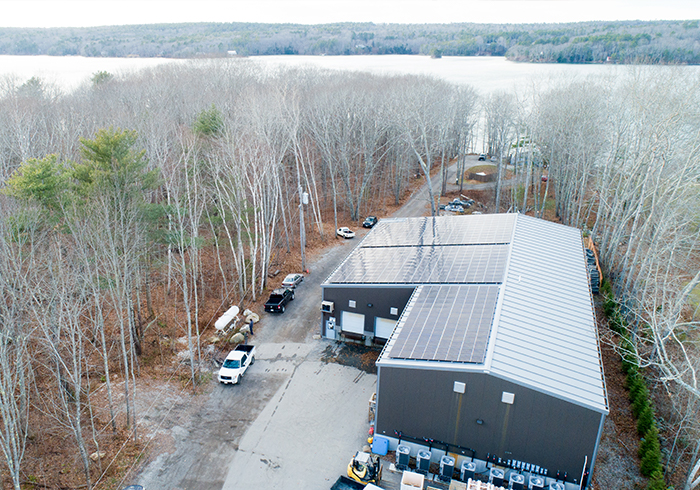
Decarbonizing the Working Waterfront
Climate change is an issue for the state of Maine—and for the world at large—but bold leaders across the coast have begun to innovate accordingly in both mitigation and adaptation. The marine sector is one industry leading the efforts to reduce carbon emissions, withstand the impacts of a changing climate, and, in turn, advance the resilience of the coast. Solar arrays, energy efficient systems, and conscientious practices help direct the industry towards environmental, economic, and social sustainability. From boat yards to lobster co-ops, Maine’s working waterfront is home to pioneers that are at the forefront of problem solving and environmental stewardship.
Solution Examples
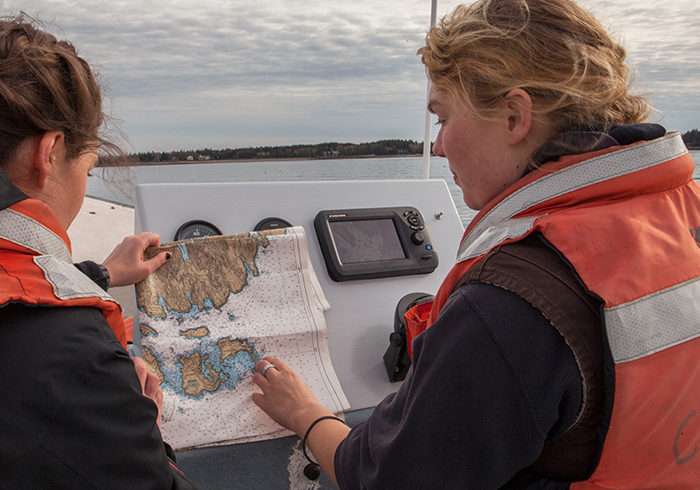
Designating Ocean Spaces
When decision makers are going through the regulatory process (e.g. the designation of ocean spaces for a particular use), it can be difficult to ensure that all stakeholders are being recognized. That means that waterfront communities and their needs are not always being addressed, and this can prove to be a problem—especially when the decision-making process is focused on regulating ocean spaces. New documents and data goldmines like the Northeast Ocean Plan and Northeast Ocean Data Portal are providing invaluable tools for waterfront communities to use to make sure their voices are heard when it matters most.
Solution Examples
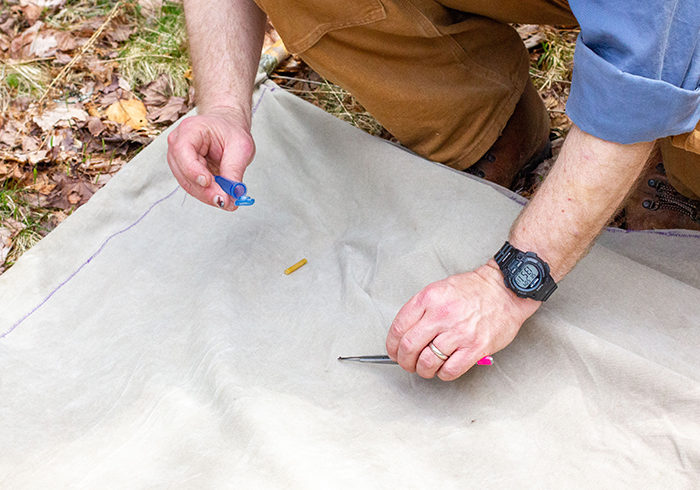
Fighting Ticks and Vector-borne Diseases
Although it may be evident that island life often comes with challenges that aren’t experienced on the mainland, one might assume that the danger of ticks and Lyme disease would be universally experienced along the coast of Maine. In actuality, the threat portrays itself with great disparity on Maine’s islands when compared to the mainland. Some islands experience a far more concentrated infestation of infected deer ticks. You are statistically two-and-a-half times as likely to contract Lyme disease on some Maine islands than you are on the mainland of the Midcoast (the mainland region with the highest rates of Lyme). On other islands, however, the threat of Lyme is miniscule or even nonexistent. The geography, ecology, and history of each island creates a different situation for all of the unbridged communities. By that same logic, each island community has grappled with the challenge with varying methods. What has worked for one community may not always work for another, but sharing solutions can often be the quickest route to effective problem solving. Read more to learn about the challenges Lyme disease presents for island communities and the community members on the front lines of the tick conflict.
Solution Examples
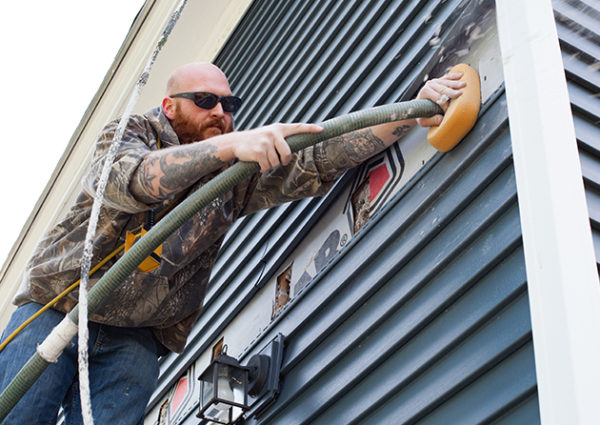
Lowering Energy Costs
Buy heating fuel in an island community, and you might pay a dollar more per gallon than mainland customers. Electricity prices are similarly high; islands connected to the grid with submarine cables pay high prices due to periodic cable replacements and on-island distribution and maintenance costs. Islands without a cable are often powered by diesel generators, expensive both to fuel and maintain. These same challenges are faced by rural communities in many remote places around North America and beyond. Islanders and others serviced by a small electric co-op face another concern. With only a few hundred (or fewer) customers, set costs like energy generation or transmission, distribution, and maintenance are shared by a small number of consumers. If a large building were suddenly to drop off the grid (which could happen if people pursue individual solutions, like roof-top solar, without community-wide coordination), other users would see an increase in their bills.
Solution Examples
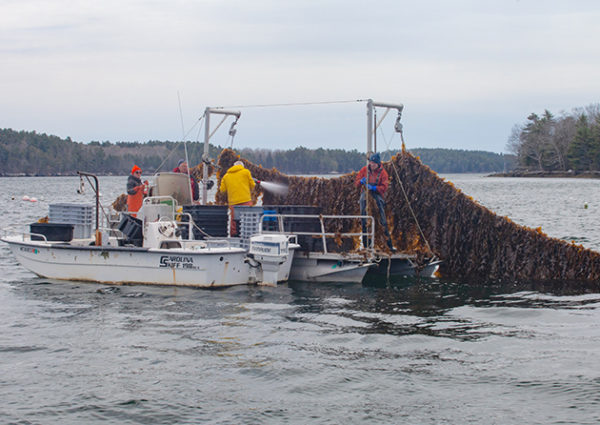
Preparing for Aquaculture
Maine’s seafood economy, steeped in heritage, provides the lifeblood for our rural coastal communities and lives and dies at the complex intersection of environment, policy, community, and economy. To prosper in an increasingly warm and unpredictable world, the sector must innovate. This innovation can come in the form of economic diversification of the marine sector. However, generating successful innovators is most effective when those innovators are properly trained and prepared for the challenges that arise with marine entrepreneurship.
Solution Examples
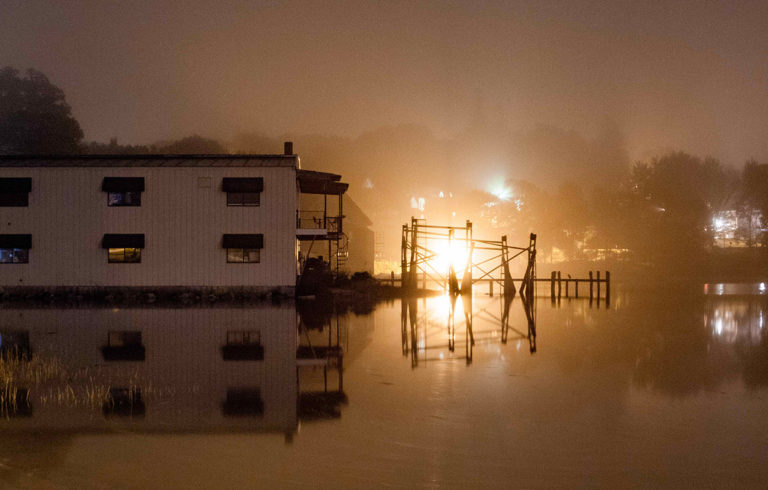
Preparing for Rising Seas
Late in 2017, the U.S. government released a report on climate change that estimates more extreme and damaging weather disaster events and a rise in global sea levels amounting to several inches in the next 15 years and one to four feet – with the possibility of rising even by as much as eight feet – by 2100. Looking to the future, the National Oceanic and Atmospheric Administration (NOAA) identifies the coast of Maine as being particularly vulnerable to storm events and sea level rise. In fact, the coast and islands are already grappling with historic storm damage and coastal flooding.
Solution Examples
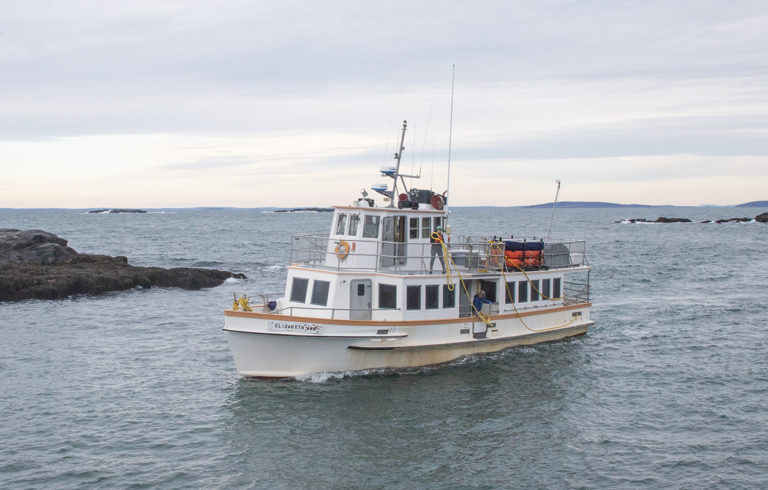
Providing Sustainable Transportation
Island communities are dependent on transportation to and from the mainland for very simple daily needs as well as extreme circumstances. Most island residents depend on modes of transportation like ferries and air services to bring food, fuel, mail, and other necessities to the island, as well as to transport waste off the island. They also depend on transportation infrastructure to access key mainland services and to transport individuals in emergency situations. Having these services is one of the key factors that allows an island to function as a year-round community. Operating a year-round transportation service can be costly and complicated. When it comes to financial stability, meeting a community’s expectations, and the potential for large amounts of carbon emissions, reliability and sustainability are key. Ownership models vary, but most are structured as one of the following: a state-run entity, a private corporation, a nonprofit, a transit district, or part of the municipality. Almost all of these services to year-round island communities in the United States require some sort of a subsidy to stay in operation. Communities without a year-round transportation service, with a service they are unhappy with, or those facing the closing of their service often wish to identify what other options are available, as well as what benefits and difficulties arise with each.

